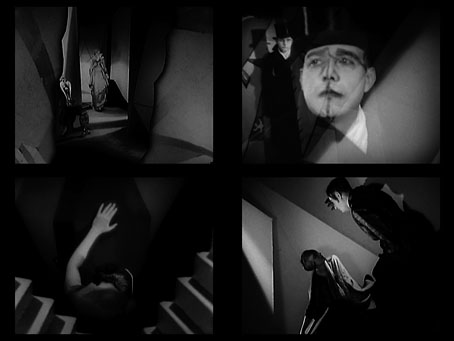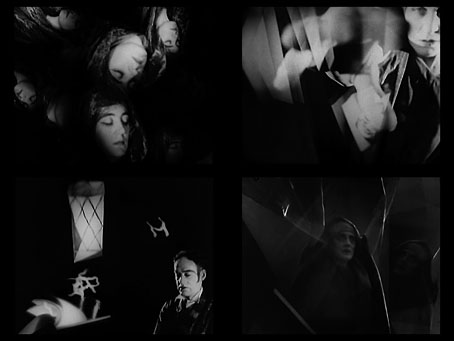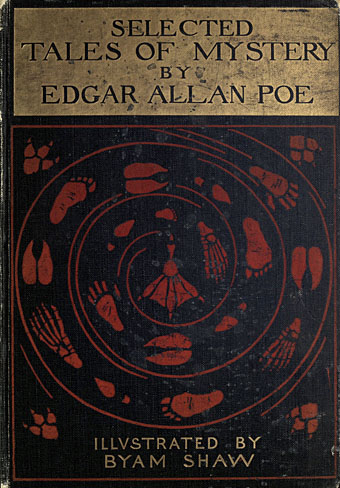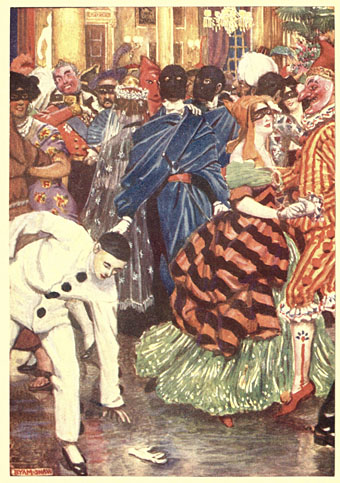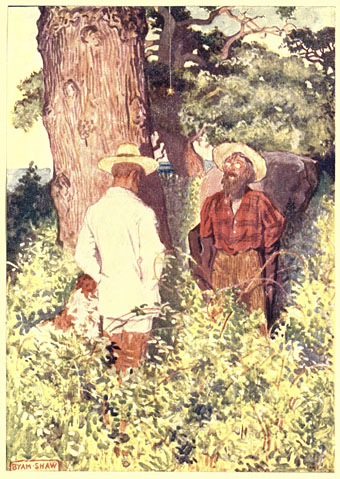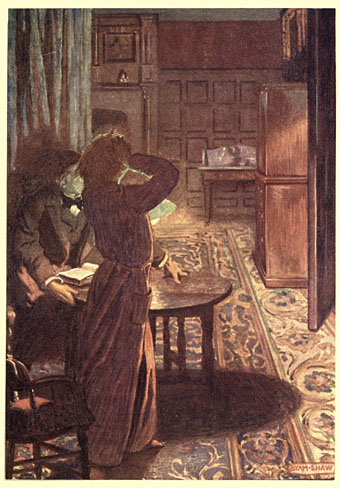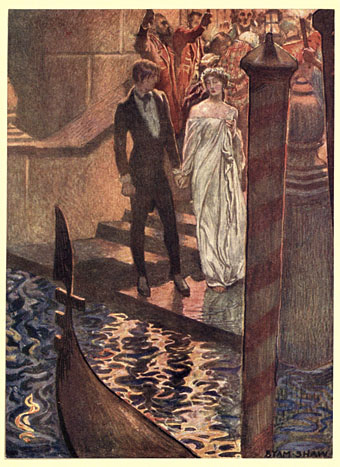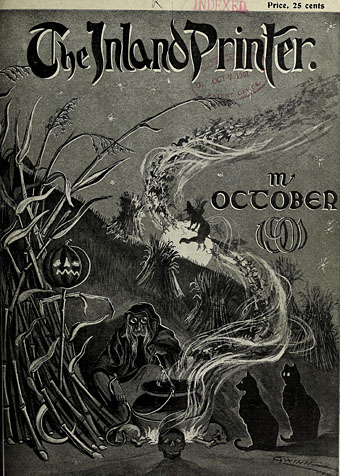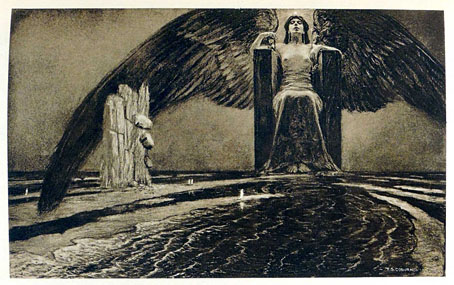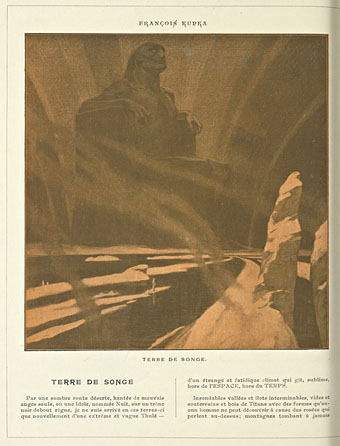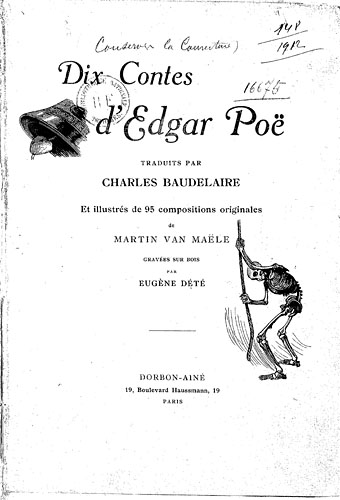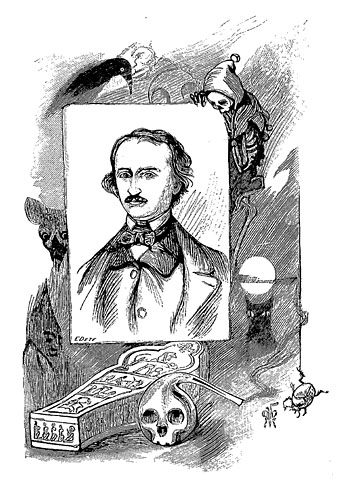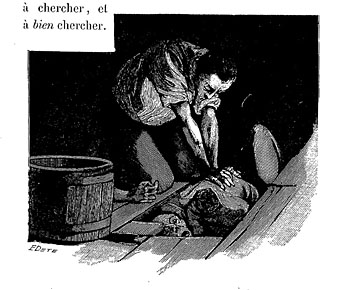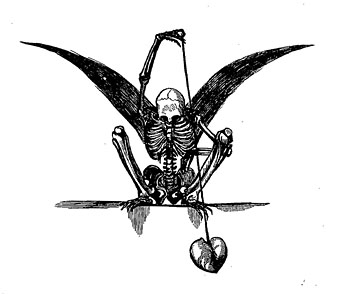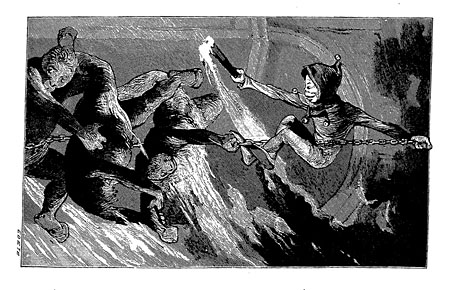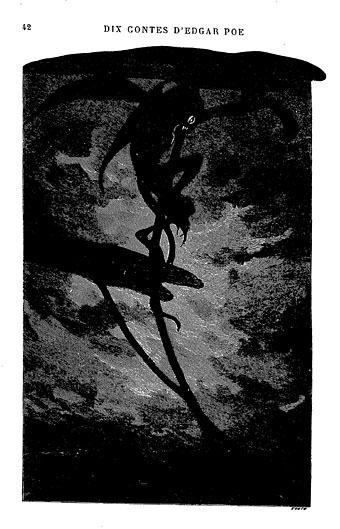Halloween approaches, in case you hadn’t noticed. This silent short had eluded my attention until this week even though I knew the directors, James Sibley Watson and Melville Webber, via a later film, the homoerotic Biblical fantasia Lot in Sodom (1933). Watson and Webber’s Poe adaptation was made in the US the same year as a longer French version of the same story directed by Jean Epstein with partial assistance from Luis Buñuel.
The American Usher was described by its directors as an amateur work but it fills its running time with a remarkable range of visual effects: slow motion, tilted angles, multiple exposure, kaleidoscope views, even a touch of animation in the caption lettering when Madeline breaks out of her tomb. The visuals overwhelm the storytelling but that’s the advantage of using a familiar tale, the narrative can be subordinate to the style which in this case extends to the Caligari-derived sets. Watson and Webber’s Usher is less an imitation of Robert Wiene’s thriller than a condensation of everything that German Expressionist cinema had been doing throughout the 1920s, a fitful dream or hallucination.
Previously on { feuilleton }
• Mask of the Red Death, 1969
• The Pendulum, the Pit and Hope
• The Tell-Tale Heart from UPA

